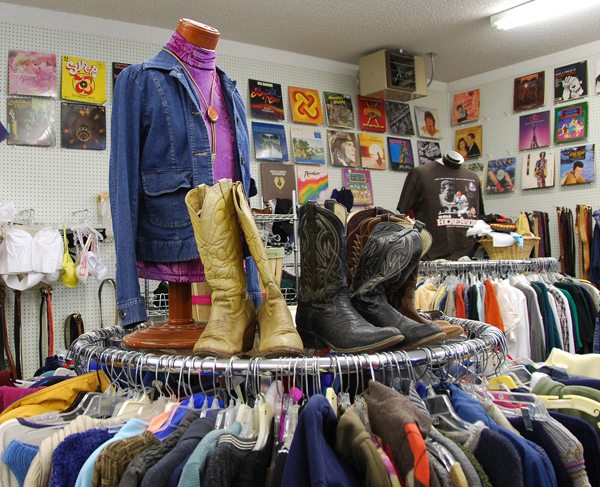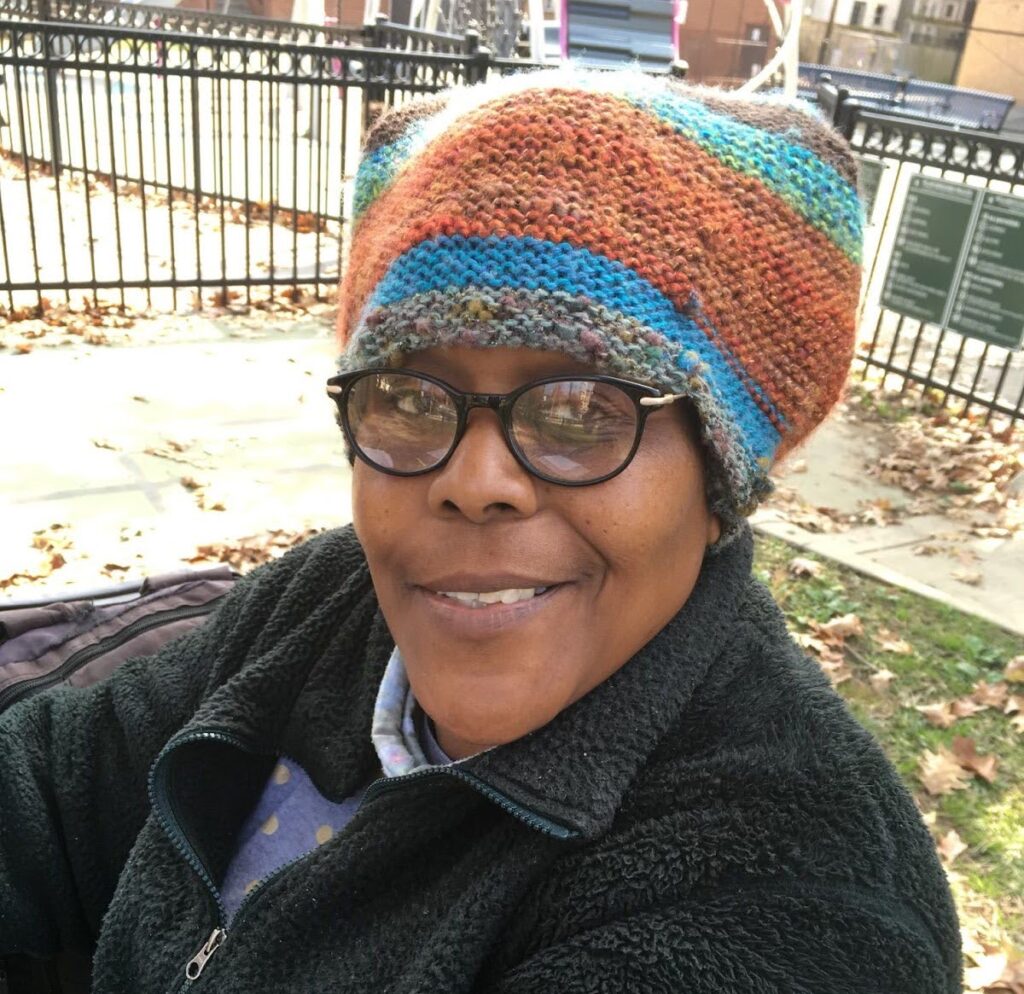The holiday season can be tough on the pocketbook, especially in hard economic times. As a result, thrift shops, large and small are becoming increasingly popular alternatives to department stores. For many budget-conscious customers, they have become to retailers of choice.
“I try to do all my shopping here. You can’t even begin to match the prices offered here,” said George Augustus Stallings, Jr., pastor of the Imani Temple African-American Catholic Congre-gation, and a frequent shopper at the Hyattsville Salvation Army store.
“I know my business is going to a good cause, not just to huge corporations.”
This year, around 18 percent of Americans will shop at a thrift store, a percentage that has been steadily rising. By comparison, 11.4 percent of Americans will shop in factory outlet malls, 19.6 percent will shop in apparel stores and 21.3 percent will shop in major department stores, according to America’s Research Group.
The number of thrift stores has risen 7 percent over the past two years, according to The Association of Resale Professionals. This expansion prompted the National Retail Federation to recognize resale shops as a category in its industry statistics and surveys in 2009.
Martha’s Outfitters in Northwest is a popular shopping destination for district residents. The shop offers clothing and housewares for free to neighbors in need. Plus, profits from sales support all of Martha’s Table’s food. clothing, afterschool and family support programs.
“The holiday season is crazy for donations. Since Thanksgiving we have been overflowing donations. We rarely turn anything away,” says Gyasi Payton, manager of Martha’s Outfitters. “We also take referrals from various agencies, like Housing Opportunities Unlimited, to help supply clothing to residents in need. Last month we gave an outfit to a young woman for a job interview. She visited yesterday just to tell us that she got the job.”
“We’ve been striving to thrive,” adds Michael Bartscherer, interim president of Martha’s Table and director of food and clothing programs.
“While we still primarily focus on the clients we are here to serve, low-income families and those in need, we also have been attracting young professiossionals, fashion-conscious folks, environmentally-conscious people and some who are just looking for a good deal.”
And visiting a thrift shop can be an adventure, some shoppers say.
“It’s sort of a treasure hunt for us,” says Janet Mathers, a Capitol Hill local, as she guides seven-year-old daughter Sophie around The Salvation Army on H St. “Thrifting, like garage sales, are
always more exciting than the big retail chains. You never know what you’re going to find. Last week we found an entire set of beautiful Christmas wreaths for less than six bucks.”
The concept of thrifting has transformed its image of dimly lit stores with outdated clothing and junk to a trendy pastime where vintage-inspired styles are in fashion.
The green movement also plays no small part in promoting the virtues of thrifting as an alternative to the modern throwaway culture. Thrifting is, afterall, a form of recycling, and even though that used shirt may have been manufactured overseas, the only carbon footprint associated with reusing it is the gas the donor may have used in getting to the shop.
“I love thrifting around the holidays for decorations and Christmas ornaments,” says Wendy Turner, a longtime Salvation Army customer. “There’s no better feeling than going out with just a few dollars in your pocket and being shocked by how much is available.”
Reused products also do not have the weight and waste of excessive packaging new products do. Each year, Goodwill alone prevents more than two billion pounds of goods from ending up in landfills. Officials at that nonprofit said that last year, 79 million people donate goods to sell in their stores across the country. The profits help support Goodwill’s job training programs, employment placement services and other community-based programs for people who have disabilities, lack education or job experience, or face employment challenges.
The Salvation Army says its adult rehabilitation centers are completely funded from the proceeds of their stores. And a lot of the things for sale are pretty cool besides, shoppers say.
“80s apparel is in,” says Katherine Voller from Southeast DC. “In all honesty, it’s hard and expensive to buy new products that are vintage look-alikes. It’s so easy and much more exciting to just buy secondhand.”








